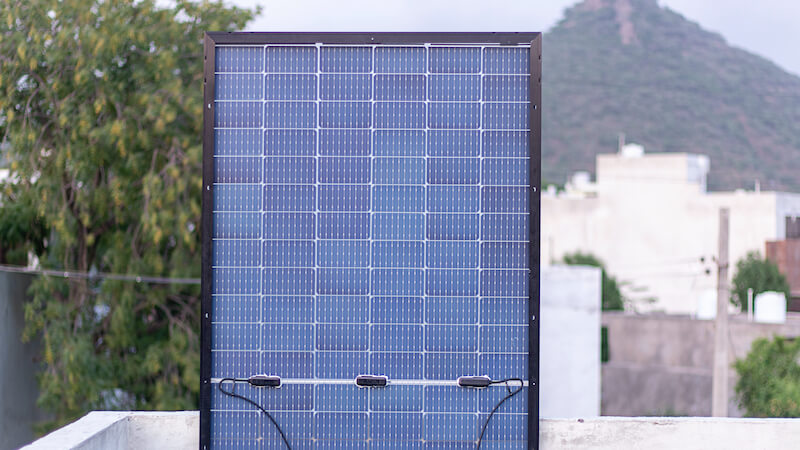Are perovskite solar cells about to make a breakthrough?
Bifacial modules could give perovskite solar cells the boost they need to mainstream the technology. Because the efficiency is comparable to classic solar modules.
Energy from sustainable sources continues to gain in importance. Due to climate change, most countries want to reduce their ecological footprint. But at the same time, costs play a decisive role. Nevertheless, solar energy has prevailed over fossil fuels.
The demand for solar systems is therefore increasing every year. Nevertheless, with an efficiency of 20 to 30 percent, the maximum of silicon solar cells seems to have been reached. Researchers have therefore been looking for alternative materials for some time. Perovskite seems to be a suitable candidate in the medium term.
Bifacial perovskite solar cells can compete with silicon panels
The main problems of perovskite solar cells so far have been their lower efficiency. Because current modules “only” achieve a value of 10 to 20 percent and cannot keep up with classic solar systems. But bificial (double-sided) modules could help perovskite solar cells to achieve a breakthrough. At least according to the latest research from the US Department of Energy’s National Laboratory for Renewable Energy.
Because in a new release the researchers speak of the development of an advanced solar panel. The system has an efficiency of 23 percent on the front and 20.9 to 21.4 percent on the rear. A special perovskite coating was developed for this, which is neither too thick nor too thin.
Perovskite layer only a few nanometers thick
Using simulations and the available computing capacity, the researchers determined a thickness of 850 nanometers. That’s about 1.2 percent the thickness of a human hair. That’s enough to absorb enough light on the front and reflected light on the back.
Although the panels are significantly more expensive due to the double coating, they generate 10 to 20 percent more energy than monofacial modules. The higher investment costs should be able to be compensated for in this way in a short time.
Also interesting:



